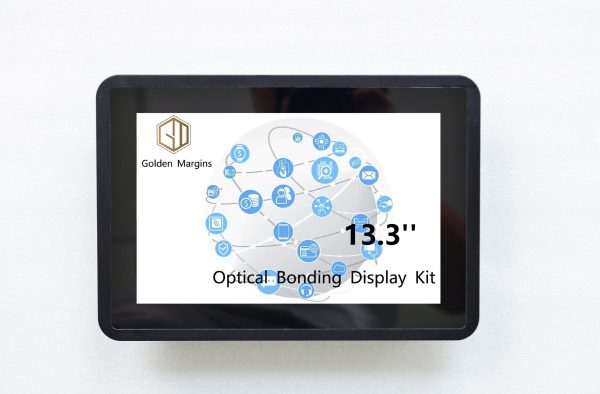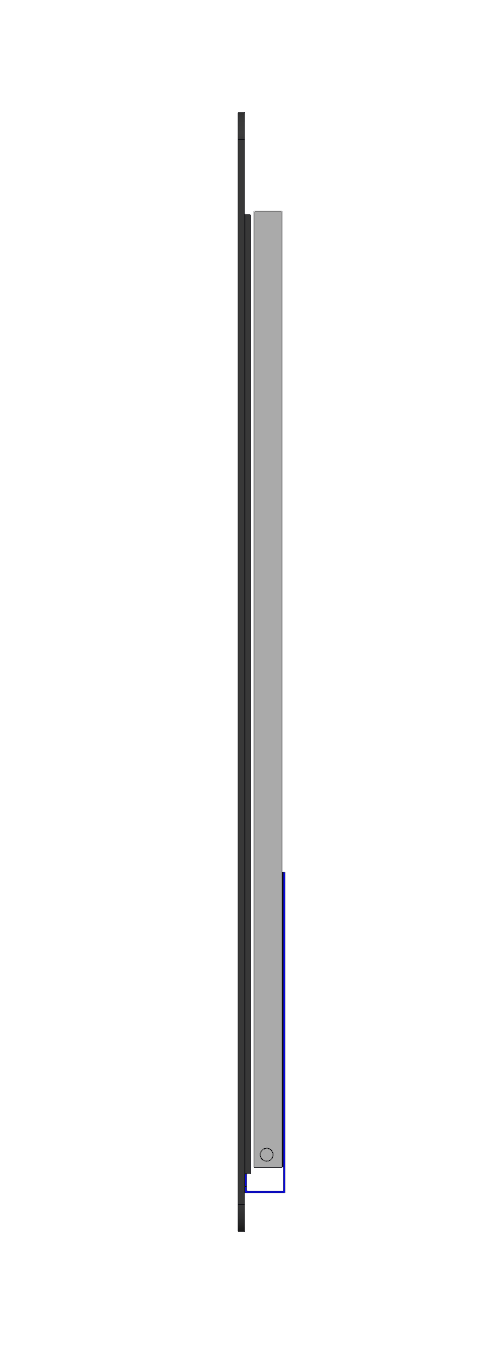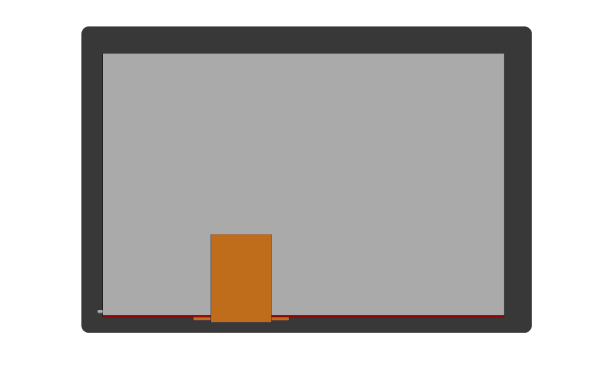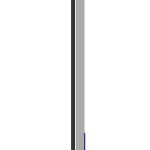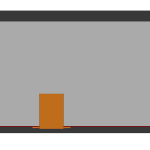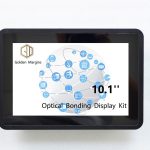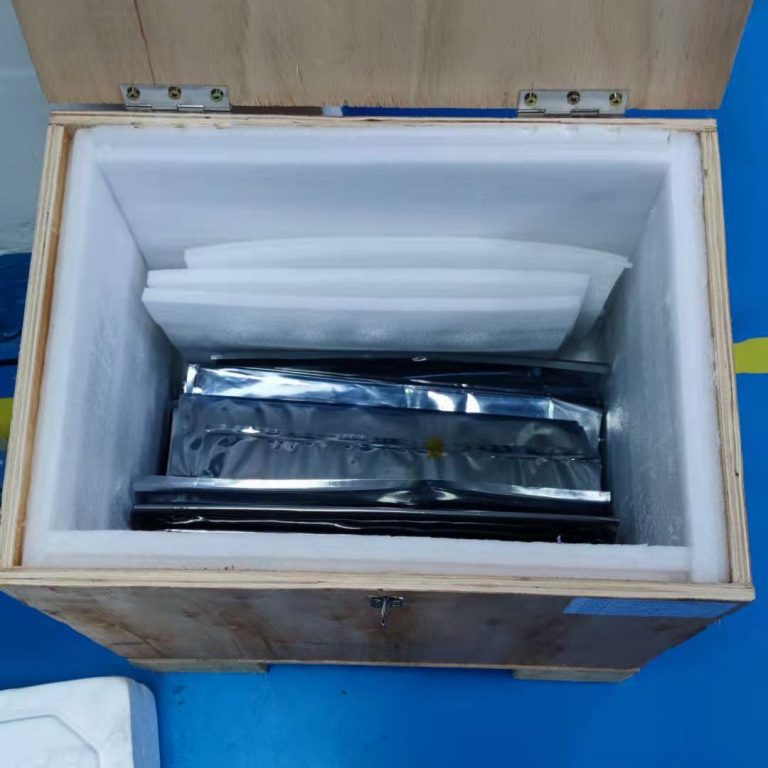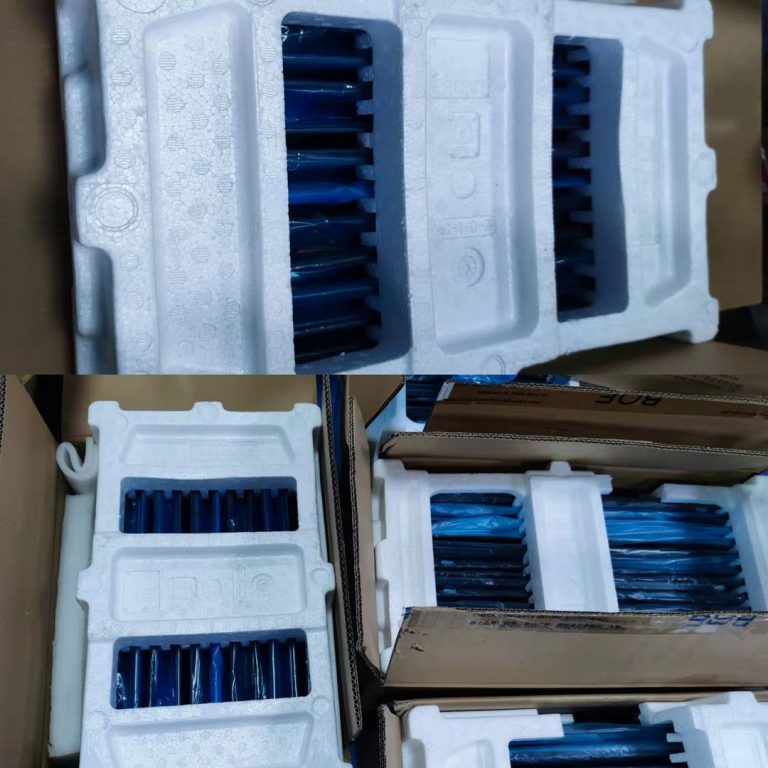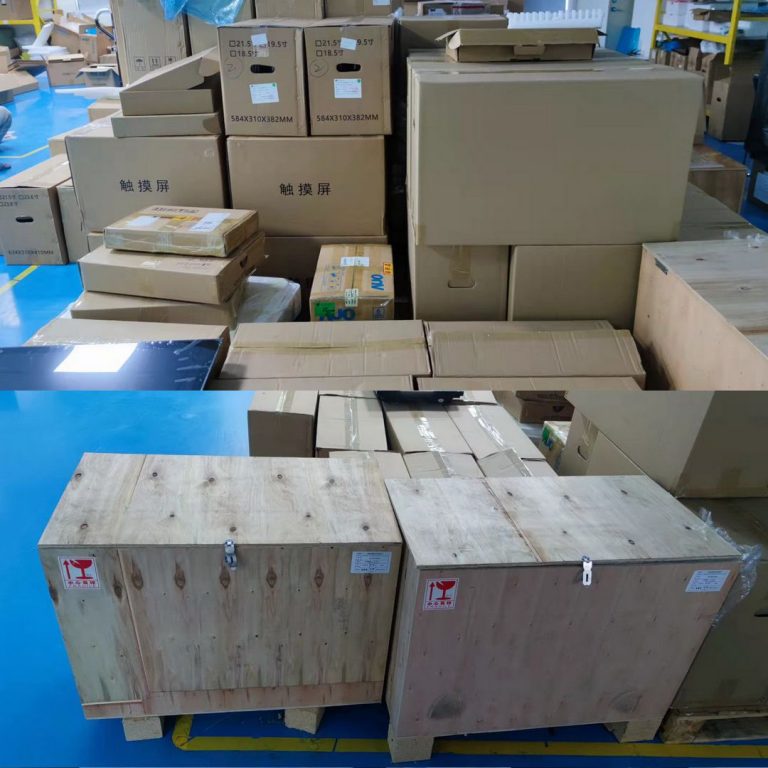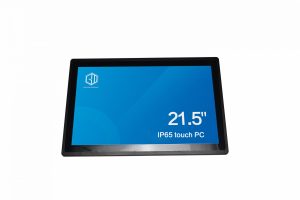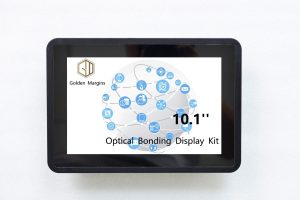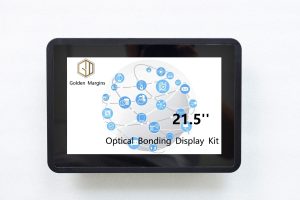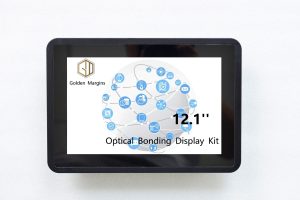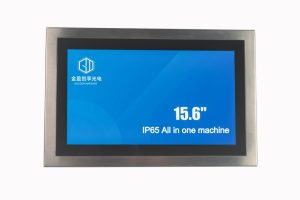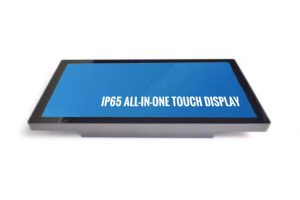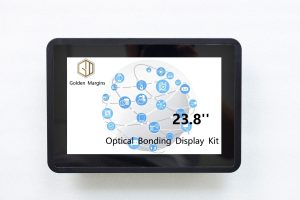Customizable Industrial 13.3 Inch Flexible Resistive HDMI Touchscreen Panel Kit with AG Coating
13.3-inch touch display kit has original A standard touch screen,and all tested. With AG coating that Can effectively prevent glare. Provide a wide range of customization and scalability options, such as brightness,resolution,resistive or capacitive,cover glass.
- Description
- download
- Packing & Shipping
Description
Optical bonding technology
Resistive HDMI Touchscreen Panel Kit is a 13.3-inch touch display kit that has a higher light transmittance and low light reflection, which can improve the brightness of the picture and clearly see the picture in the sun. With optical bonding technology, HDMI Touchscreen Panel Kit can effectively reduce the refraction of the air between the touch screen and the LCD module, increase the light transmittance, also the display effect is more clear and more transparent. Learn more
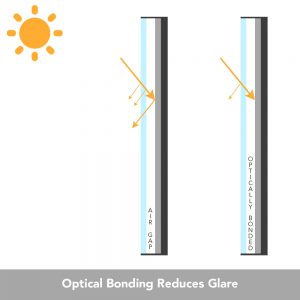
Touch Screen Kit
Touchscreen Panel Kit consists of cover glass, touch screen, optical bonding, and TFT LCD.
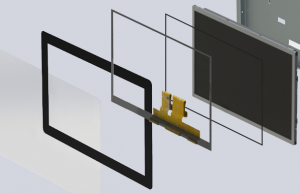
Cover glass: It protects LCD, has good light transmission, and has a high surface hardness, high strength, and strong scratch resistance. It is very suitable for large panel display covers.
Touch screen: The LCD touch screen consists of touch detection components and a touch screen controller.
Optical bonding: increase the light transmittance, and reduces the refraction.
TFT LCD: with multi-functions, high resolution, lower costs, and high brightness, the viewing angle is wider.
Adhesives for Optical Bonding
There are a wide variety of adhesives used for optical bonding processes. Three of the most commonly used are silicone, epoxy, and polyurethane. Below are overviews of the pros/cons of each adhesive type.
- Silicone: The most commonly found adhesive in optical bonding processes that dates back to the 1970s as a solution. Silicone’s core properties of low conductivity and chemical reactivity, thermal stability, and ability to repel water and form watertight seals make it a common solution for optical bonding. Also, because it is a soft material, it is very feasible to rework bonds that become damaged over time. However, debris often forms around the edges of the bonds if they are rubbed during handling. To reduce this, the edges of optically bonded displays should be covered or configured so that edges are not exposed.
- Epoxy: When used as a structural glue, epoxy resin creates a more rigid bond than silicone, thus eliminating the formation of particulate debris, which is common with silicone bonding processes. However, epoxy bonding is not reworkable.
- Polyurethane: Polyurethane adhesives are commonly utilized in bonding applications for displays in avionic technology and polar technology. However, this bonding adhesive yellows over time when exposed to light, so by today’s standards it is considered an obsolete adhesive.
[wpfd_category id=”446″]

